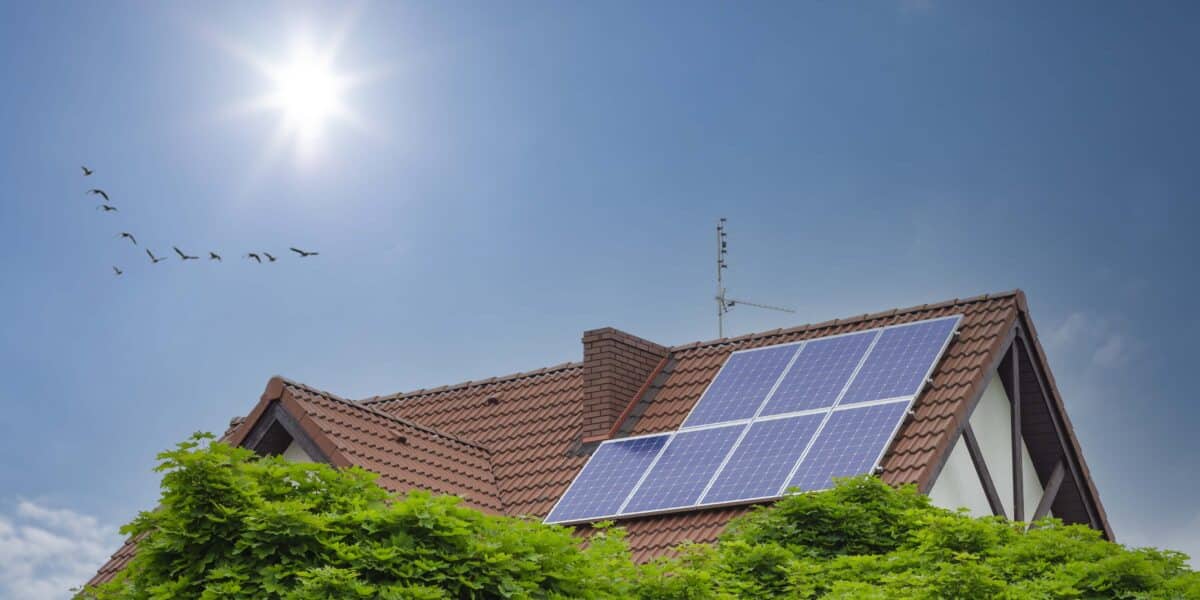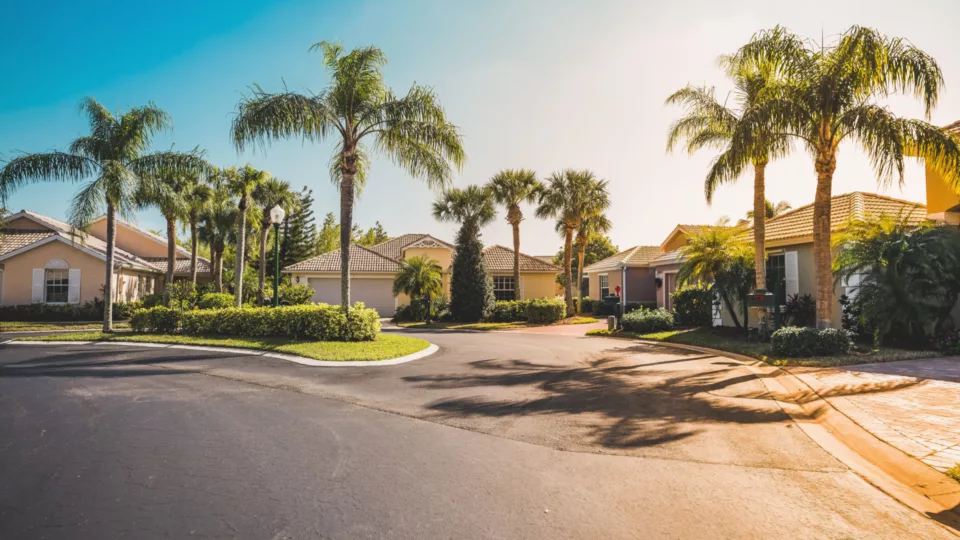In This Article
Climate significantly influences the performance and longevity of your roof. Choosing the right roofing material for your local weather conditions is essential to ensure durability and effective protection. In this blog post, we’ll discuss how different climates impact roofing choices and recommend materials that perform best in various weather conditions.
How Climate Affects Roofing Choices
1. Hot and Dry Climates
- Recommended Materials: Clay tiles, metal roofing, and cool roofs.
- Why: These materials reflect heat, resist UV damage, and help keep your home cooler.
2. Cold and Snowy Climates
- Recommended Materials: Asphalt shingles, metal roofing, and slate tiles.
- Why: These materials can withstand heavy snow loads and freeze-thaw cycles.
3. Humid and Tropical Climates
- Recommended Materials: Metal roofing, tile roofing, and asphalt shingles with algae-resistant properties.
- Why: These materials resist moisture, algae growth, and are durable in high humidity.
4. Windy and Storm-Prone Areas
- Recommended Materials: Metal roofing, asphalt shingles rated for high wind resistance, and concrete tiles.
- Why: These materials offer superior wind resistance and durability during storms.
5. Coastal Regions
- Recommended Materials: Metal roofing and treated wood shingles.
- Why: These materials resist saltwater corrosion and high humidity.
Detailed Analysis of Each Climate
Hot and Dry Climates:
- Clay Tiles: Clay tiles are highly durable and excellent at reflecting heat, making them ideal for hot climates. They are resistant to UV damage and provide natural ventilation that helps keep homes cooler.
- Metal Roofing: Metal roofs reflect solar radiant heat, reducing cooling costs. They are lightweight, durable, and can last for decades with minimal maintenance.
- Cool Roofs: Cool roofs are designed with reflective coatings that minimize heat absorption. This helps reduce indoor temperatures and lowers energy consumption for air conditioning.
Cold and Snowy Climates:
- Asphalt Shingles: Asphalt shingles are popular in cold climates due to their ability to withstand freeze-thaw cycles. They provide good insulation and are available in various styles.
- Metal Roofing: Metal roofs shed snow easily, reducing the risk of ice dams. They are also resistant to cracking and shrinking caused by temperature fluctuations.
- Slate Tiles: Slate is a durable material that can handle heavy snow loads. It offers excellent insulation and is resistant to harsh winter weather conditions.
Humid and Tropical Climates:
- Metal Roofing: Metal roofing is resistant to moisture and algae growth, making them suitable for humid environments. They are also effective at reflecting sunlight, reducing cooling costs.
- Tile Roofing: Tiles, especially those made from clay or concrete, are durable and resist moisture absorption. They also provide good ventilation, which helps prevent humidity buildup.
- Algae-Resistant Asphalt Shingles: These shingles are treated with copper or zinc to inhibit algae growth. They are ideal for regions with high humidity and frequent rain.
Windy and Storm-Prone Areas:
- Metal Roofing: Metal roofs offer superior wind resistance and are less likely to be damaged during storms. They are also fire-resistant and can withstand extreme weather conditions.
- High Wind-Resistant Asphalt Shingles: These shingles are designed to withstand high winds, making them suitable for storm-prone areas. They are typically reinforced with stronger adhesives and installation techniques.
- Concrete Tiles: Concrete tiles are heavy and can withstand strong winds. They are also durable and resistant to impact from debris during storms.
Coastal Regions:
- Metal Roofing: Metal roofs are highly resistant to saltwater corrosion, making them ideal for coastal areas. They are durable, low-maintenance, and can withstand harsh coastal weather.
- Treated Wood Shingles: Treated wood shingles are designed to resist moisture and saltwater damage. They offer a traditional aesthetic and are suitable for homes near the coast.
Considerations for Each Climate
- Heat Resistance: In hot climates, opt for materials with high reflective properties to reduce cooling costs and protect against UV damage.
- Weight and Durability: In snowy regions, choose materials that can handle heavy snow loads without damage.
- Moisture Resistance: In humid climates, select materials that resist moisture absorption and algae growth to prevent mold and mildew.
- Wind Resistance: In areas prone to high winds and storms, prioritize materials with high wind resistance ratings to ensure your roof remains intact.
- Corrosion Resistance: In coastal areas, use materials that resist corrosion from saltwater and high humidity to extend the life of your roof.
Conclusion
Understanding how climate affects roofing choices is essential for selecting the best material for your home. By considering the specific challenges posed by your local weather conditions, such as heat, cold, humidity, wind, and salt exposure, you can choose a roofing material that offers optimal performance and durability. Investing in the right roofing material for your climate will ensure your roof provides long-lasting protection and enhances your home’s overall efficiency and value. Making informed choices based on climate considerations not only improves your home’s resilience but also contributes to energy savings and comfort.





